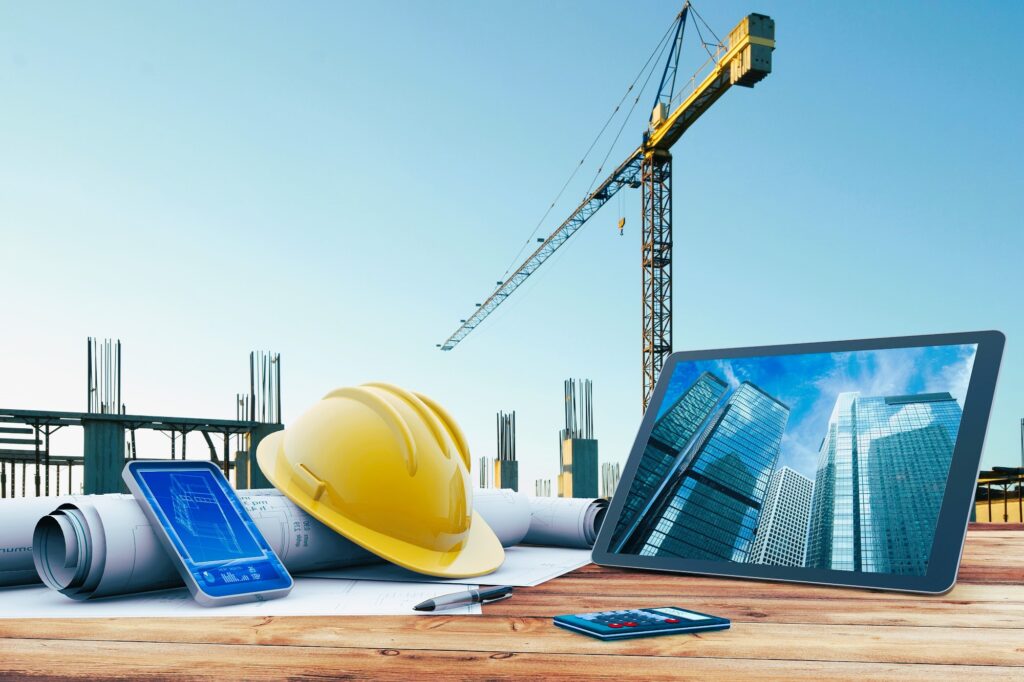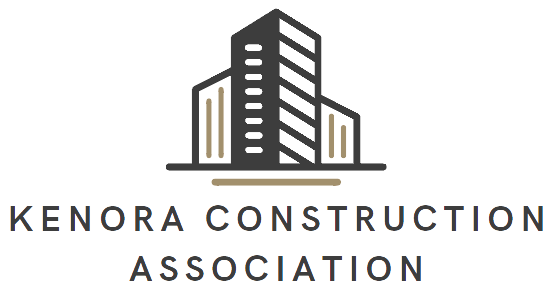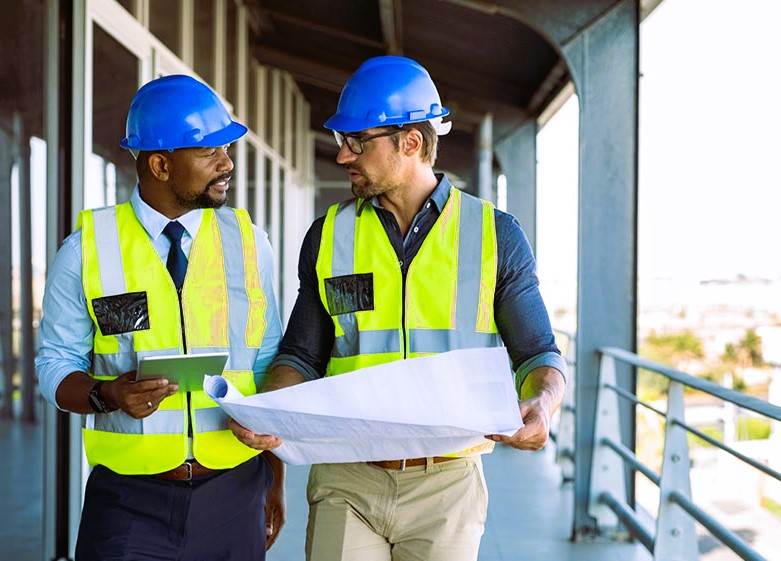The construction industry is rapidly evolving, driven by advancements in technology and innovation. From digital tools and automation to sustainable practices and modular construction, the future of construction holds immense potential for improved efficiency, productivity, and sustainability. This article explores the transformative impact of technology and innovation on the construction industry, highlighting key trends, benefits, and the role of stakeholders in shaping the future of construction.
- Building Information Modeling (BIM) and Digital Twins:
Building Information Modeling (BIM) is revolutionizing the construction industry by enabling the creation and management of digital representations of buildings and infrastructure projects. BIM enhances collaboration, streamlines design and construction processes, and improves project outcomes. Digital twins, virtual replicas of physical assets, enable real-time monitoring, predictive maintenance, and performance optimization throughout a building’s lifecycle. BIM and digital twins enhance project visualization, data management, and decision-making.

- Robotics and Automation:
Robotics and automation technologies are transforming construction sites, improving productivity, and enhancing safety. Robots can perform repetitive tasks, such as bricklaying, concrete pouring, and material transportation, with precision and efficiency. Automation streamlines workflows, reduces manual labor, and enables the completion of tasks in shorter timeframes. Robots and automation technologies free up human workers to focus on more complex and value-added activities. Demolition and clearing of the territory during construction, what you should know.
- 3D Printing and Prefabrication:
3D printing and prefabrication techniques are revolutionizing construction processes, enabling the rapid production of complex components and entire buildings. Additive manufacturing technologies, such as 3D concrete printing, allow for the creation of customized structures with reduced material waste and faster construction timelines. Prefabrication techniques involve constructing building components off-site and assembling them on-site, minimizing disruption and enhancing quality control.
- Sustainable and Green Construction:
The future of construction embraces sustainable and green practices to reduce environmental impact and enhance energy efficiency. Innovative materials, such as recycled and bio-based materials, offer sustainable alternatives to traditional construction materials. Energy-efficient building designs, renewable energy integration, and smart systems optimize energy consumption and reduce carbon footprints. Green construction practices focus on minimizing waste, conserving resources, and creating healthier indoor environments.
- Internet of Things (IoT) and Smart Construction:
The Internet of Things (IoT) enables the integration of sensors, devices, and systems to create smart construction sites. IoT technologies monitor construction activities, equipment performance, and environmental conditions in real-time. Data analytics and machine learning algorithms provide valuable insights, enabling proactive decision-making and preventive maintenance. Smart construction improves safety, enhances project management, and optimizes resource allocation.
- Collaborative and Integrated Project Delivery:
Collaboration and integrated project delivery methods foster seamless communication and collaboration among project stakeholders. Integrated project delivery brings together architects, engineers, contractors, and suppliers early in the project lifecycle to improve efficiency, reduce conflicts, and optimize project outcomes. Collaborative platforms, cloud-based tools, and virtual reality technologies facilitate effective communication, coordination, and information sharing among project teams.
- Industry Standards and Regulation:

As technology and innovation shape the future of construction, industry standards and regulations play a vital role in ensuring safety, quality, and interoperability. Standards organizations, such as the International Organization for Standardization (ISO) and local regulatory bodies, define guidelines and codes to promote best practices and harmonize construction processes. Adherence to industry standards fosters consistency, compatibility, and quality in the adoption of emerging technologies.
For more information on the future of construction, you can visit the following websites:
- Wikipedia: Construction Industry
Conclusion:
The future of construction is characterized by technological advancements, innovation, and sustainable practices. Building Information Modeling (BIM), robotics, 3D printing, sustainable construction, IoT, and collaborative project delivery methods are transforming the industry. Embracing these technologies and practices enhances productivity, improves project outcomes, and contributes to a more sustainable built environment. Stakeholders in the construction industry, including contractors, architects, engineers, and policymakers, have a pivotal role in shaping the future of construction by embracing innovation, advocating for industry standards, and fostering collaboration.




